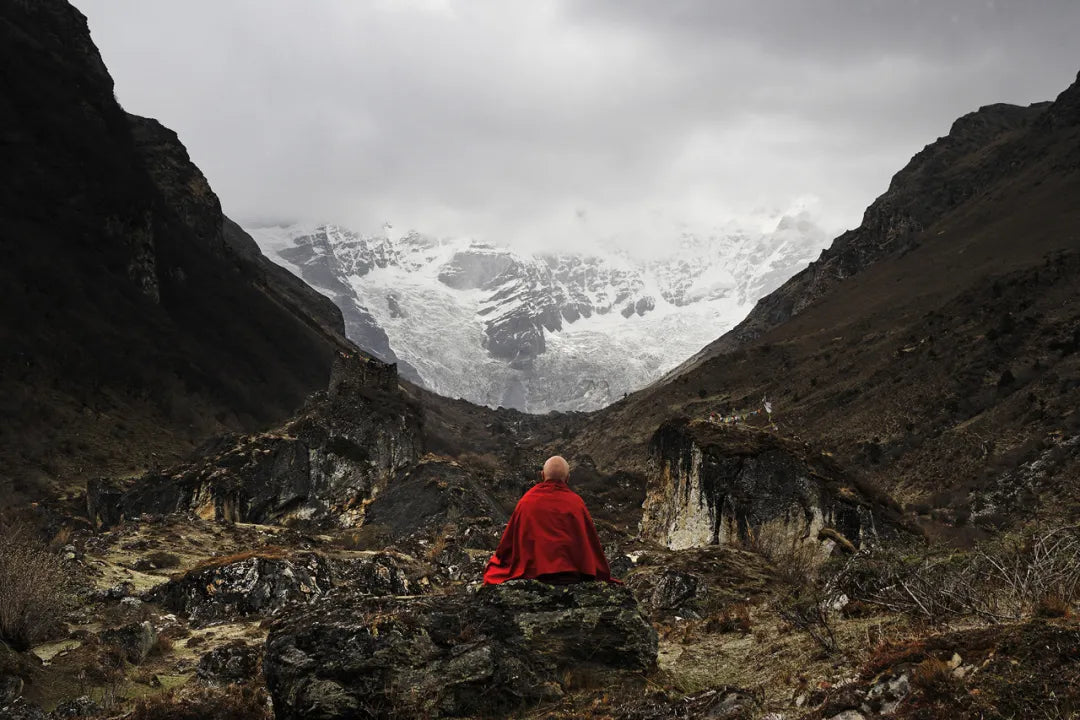
French Lama, he uses photography to convey spiritual awakening

Matthieu Ricard, a Tibetan Buddhist monk, photographer, author, biologist, and humanitarian. Born in France in 1946, he initially studied molecular genetics at the Pasteur Institute. In 1972, he abandoned his scientific career to study and practice Tibetan Buddhism in the Himalayas of Nepal, officially becoming a monk in 1979. In 1997, he published the acclaimed book *The Monk and the Philosopher*, which was translated into 21 languages. Over the years, he has documented the culture and traditions of the Himalayan regions through photography, publishing photo collections such as *Tibet: An Inner Journey* and *Bhutan: The Land of Serenity*.
This is a heart's journey through light.




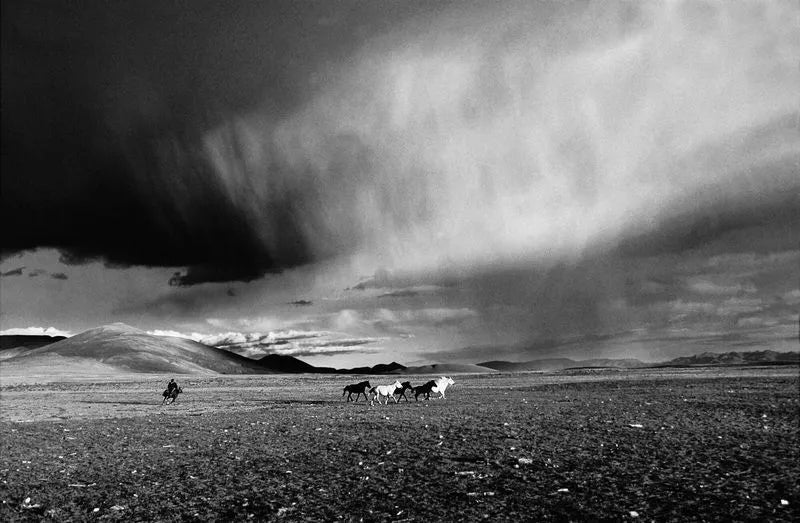










Monk and philosopher, also a world-class photography master.
Matthieu Ricard was born into a prominent French family, with his father being a renowned French philosopher and his mother an artist. Nurtured in a multicultural environment from childhood, the brilliant young man earned his Ph.D. in biology by the age of 26. Not only was he engaged in biological research, but he also had a deep passion for visual arts. A nature lover, he began his photography journey at 15 under the guidance of André Fatras, one of France's pioneers in wildlife photography. By 26, his extensive landscape photography had been published in major journals, and from then on, photography became a vital medium for documenting his life and expressing his thoughts.
In 1972, Matthieu settled in the heart of the Himalayas. Over the 40+ years he lived there, he captured countless images of the Himalayan world.
"Once, in Bhutan, after a four-day mountain trek, I came across a lake with a 7,000-meter glacier. The scene reminded me of Ansel Adams’ iconic photograph I had seen at 16—a composition with rocks and a lake in the foreground, leading into the deep mountains. The weather was harsh, with strong winds, so I told my friend I would spend the night in the valley below. At dawn, as the first light gently appeared, the lake became as still as a mirror, serene and profound. That single photo made the four-day trek absolutely worth it."

A lake and a 7,000-meter glacier · Bhutan
His genuine dedication to photography has earned him great respect within the profession. The legendary street photographer Henri Cartier-Bresson once commented: "The camera and Matthieu's spiritual life are inseparable, giving birth to these ephemeral yet eternal images."
Matthieu regards photography as a wellspring of hope, capturing the harmonious beauty between humanity and nature. He once stated: "My aim is to share the universe's magnificence, power and depth. Through photography, I seek to restore faith in humanity and rekindle our wonder at nature's radiant civilizations."

Portrait photography of Dilgo Khyentse Rinpoche
A luminous journey to wisdom and beauty
In 1979, Matthieu became a Tibetan Buddhist monk under the guidance of Dilgo Khyentse Rinpoche. This allowed him to witness the extraordinary qualities of great masters, observe Buddhist monastic rituals, and document the daily lives of villagers amidst Tibet's majestic mountains and valleys.
While creating images for his photographic collection *Still Journey: Hermits of the Himalayas*, he spent a year in retreat at Pema Osel Ling (the Lotus Light Hermitage) near Kathmandu. Surrounded by breathtaking landscapes nestled between lush valleys and towering Himalayan peaks, the setting seemed to await the arrival of awakening light.

Cover of the photo collection *Still Journey: Hermits of the Himalayas*
He said: "Though I remained in retreat for meditation, from dawn till dusk I witnessed magnificent landscapes unfold before me - the full majesty of the Himalayas. Sometimes, extraordinary light would suddenly illuminate a moment, leaving me gazing in wonder."
This series of "magical moments" were all captured either from Matthieu's hermitage terrace or within a few dozen meters, at a pace of about one image per week. These immortalized vistas resulted from his patient practice of "waiting without waiting," where nature's harmony merged seamlessly with meditative bliss.
For him, photography became a hymn to beauty - through images, he reflected the soul's journey toward wisdom and aesthetic awakening, where spirituality intertwined with daily existence.


Sometimes Matthieu would immerse himself for long periods in the beauty, composition, originality and lighting of an inspiring image. He believed successful photographs should be endlessly viewable while providing an uplifting feeling. He never planned his shots deliberately, but when subjects and light aligned beautifully at a particular moment and place, he couldn't resist focusing his gaze on them.
During the 20th century film era, having limited funds forced him to conserve film. For the best scenes, he would take just one shot. Yet these constraints sharpened his sensitivity to light's variations. His friend Danielle Föllmi once told him he was "painting with light," which deeply moved him.

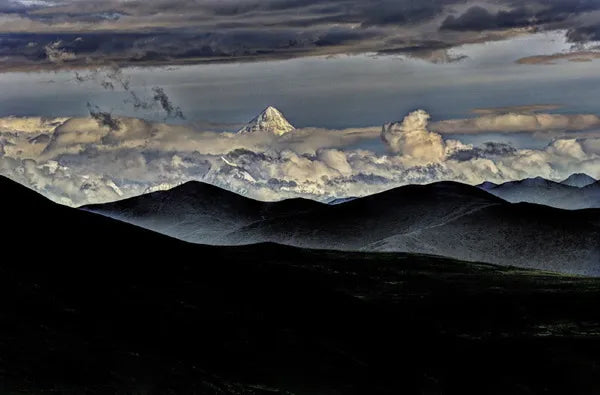

Awakening spirituality through the beauty of photography
Since becoming a monk in 1979, Matthieu has devoted most of his time to studying, contemplating, and practicing Buddhism. Under the guidance of his teacher, he diligently pursued Buddhist wisdom and authored several books on Buddhist philosophy, the most famous being his dialogue with his father—*The Monk and the Philosopher*.
Beyond this, he has shared the secrets of happiness and the benefits of meditation in his TED Talks. Known to the world as "the happiest man on Earth," his life continues to inspire many.

The Himalayan Mountains in the mist
As a photographer, he aims to visually capture the harmony of natural spaces and the inner beauty of humanity, inspiring others to attain inner freedom, the wisdom of love, and spiritual awakening. He said: "When a photograph deeply moves me, I gaze at it for a long time, absorbing it through its beauty, its power, or the message it conveys. It's an image that transforms the photographer's perspective, opening a new way of seeing the world—one that is far more penetrating."

Golog 2003
He believes images of suffering, persecution, and abuse are ubiquitous and necessary for raising awareness, but we must maintain balance to avoid falling into "bad world syndrome"—a mindset that erodes hope and makes us believe humans are fundamentally evil. In truth, deep within us, like gold nuggets in coal, lies extraordinary potential for kindness, wisdom, and enlightenment. Recognizing this potential, nurturing it, and bringing it to fruition is vital. For 50 years, this is what he has sought to awaken through his photography.


Spreading altruism through photography
As a Buddhist monk, Matthieu has made altruism his lifelong pursuit. He has frequently emphasized the importance of altruism in public speeches. Though photography has its limitations as a medium, Matthieu sincerely conveys altruistic values through his images.
He says: "The beauty of our world and all forms of life encourages us to maintain an open perspective toward inequality and climate change. In doing so, it sparks our motivation and inspires us to move toward a more altruistic world."

Even in August, the sacred Mount Amnye Machen remains snow-capped.
Particularly in today's globalized era, humans are deeply interconnected with nature and interdependent with other species. No one can escape the test of impermanence. As the only species capable of both good and evil, human perspectives, attitudes, and motivations vary greatly—it all depends on what mindset we adopt toward this world.
Consideration for others and cooperation are key values for collectively building a better world, fostering economic solidarity, and achieving greater social justice. Non-violence must be applied to humans, animals, and our natural environment alike.
We must dare to open our doors to others, to acknowledge the interdependence between humanity and nature, while remembering the fate of future generations and all other species who, like us, seek to avoid suffering and continue living. Let us dare to embrace altruism, to place it at the heart of our decisions and systems—and above all, at the core of our thinking.

Throughout his life, Matthieu has devoted himself to advocating altruism, compassion, and spiritual awakening, using diverse means to guide beings toward profound simplicity. Through his photography, one deeply senses the secrets of happiness and nature's serene harmony he conveys. When fully immersed in the interplay of light and shadow, you may suddenly realize: you were born of nature and have never truly left.
“le présent est la seule chose qui n'ait pas de fin"
"The present is the only thing that has no end."



Seated in the valley's embrace,
light pierces through the eyes,
endless vistas
project upon the heart.
In this stillness,
no separation remains between you and me.
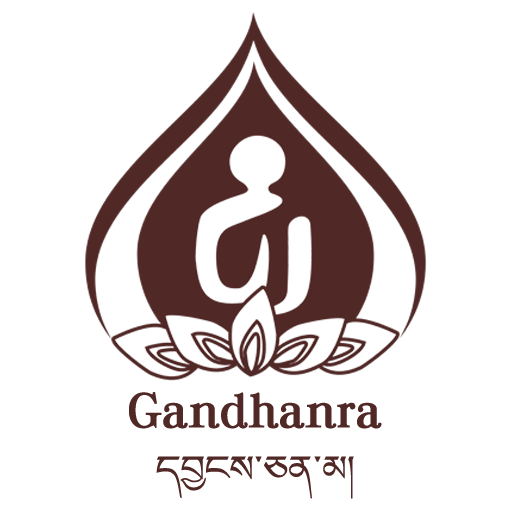

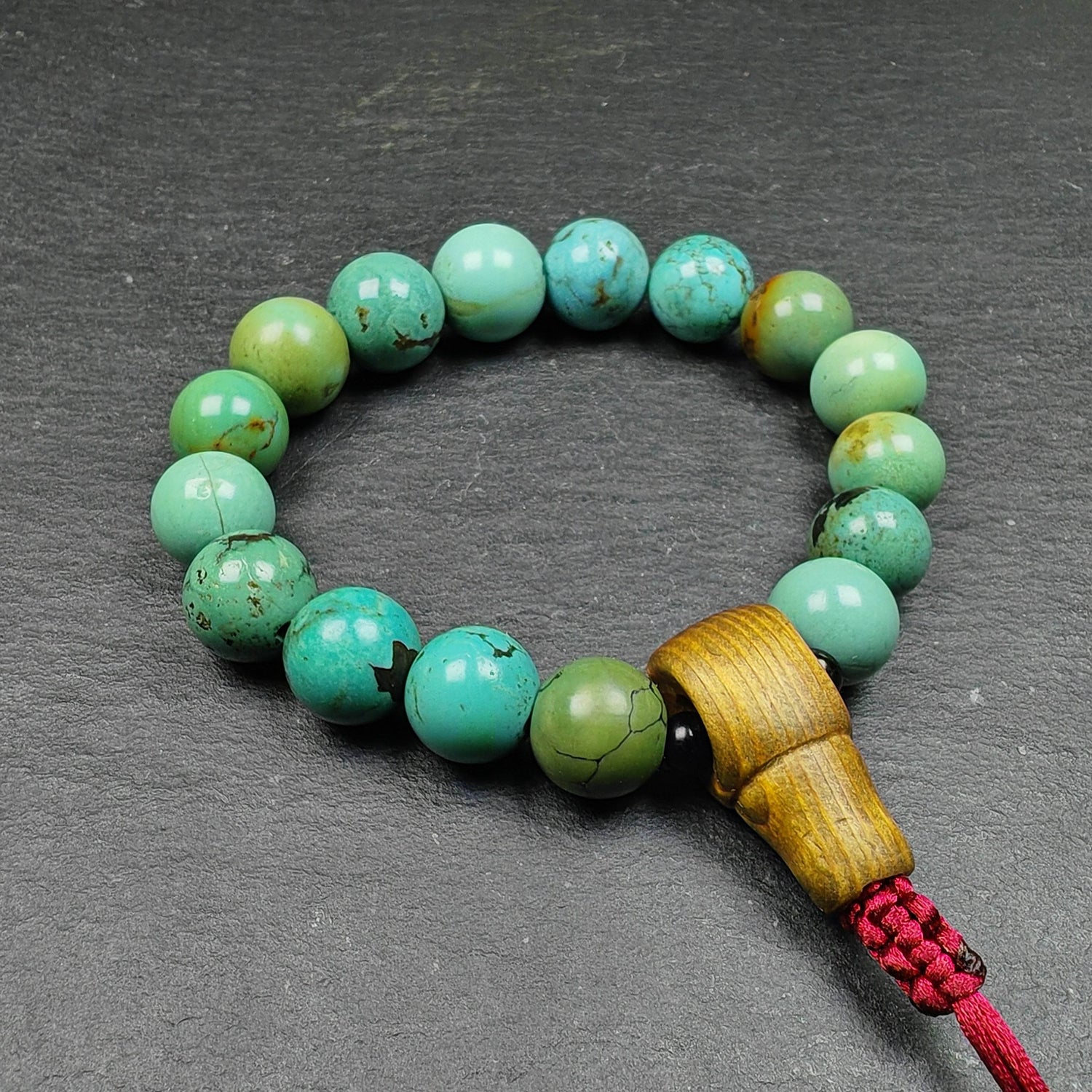
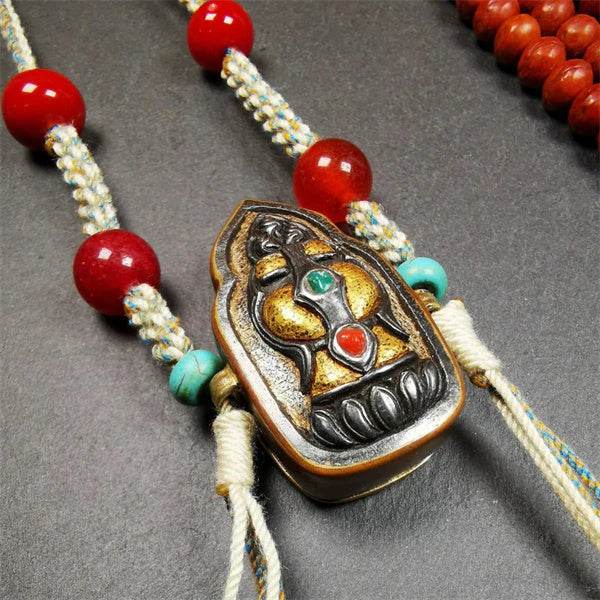
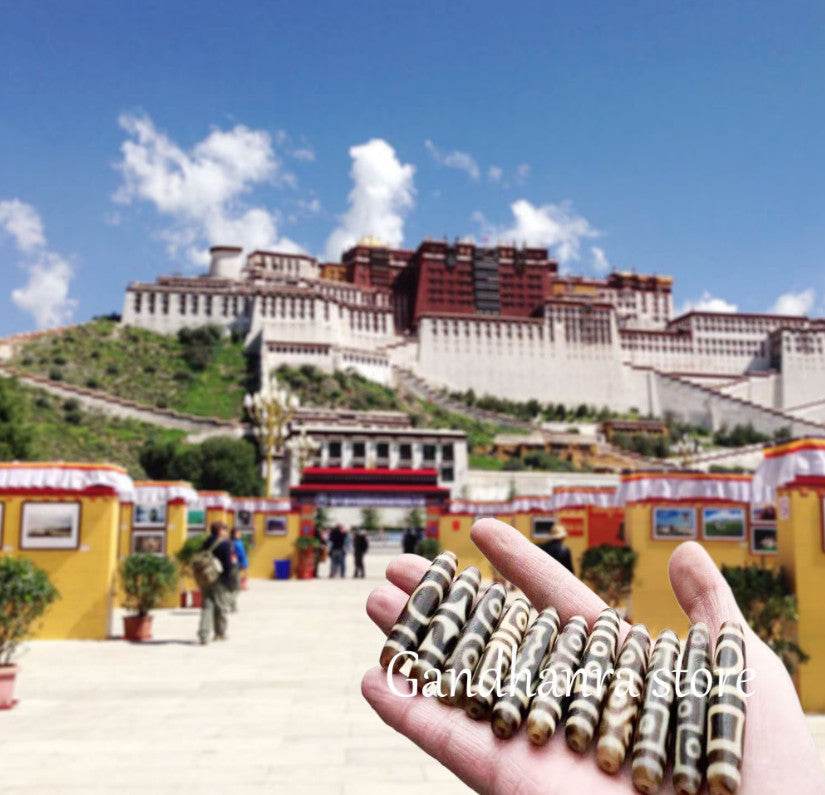
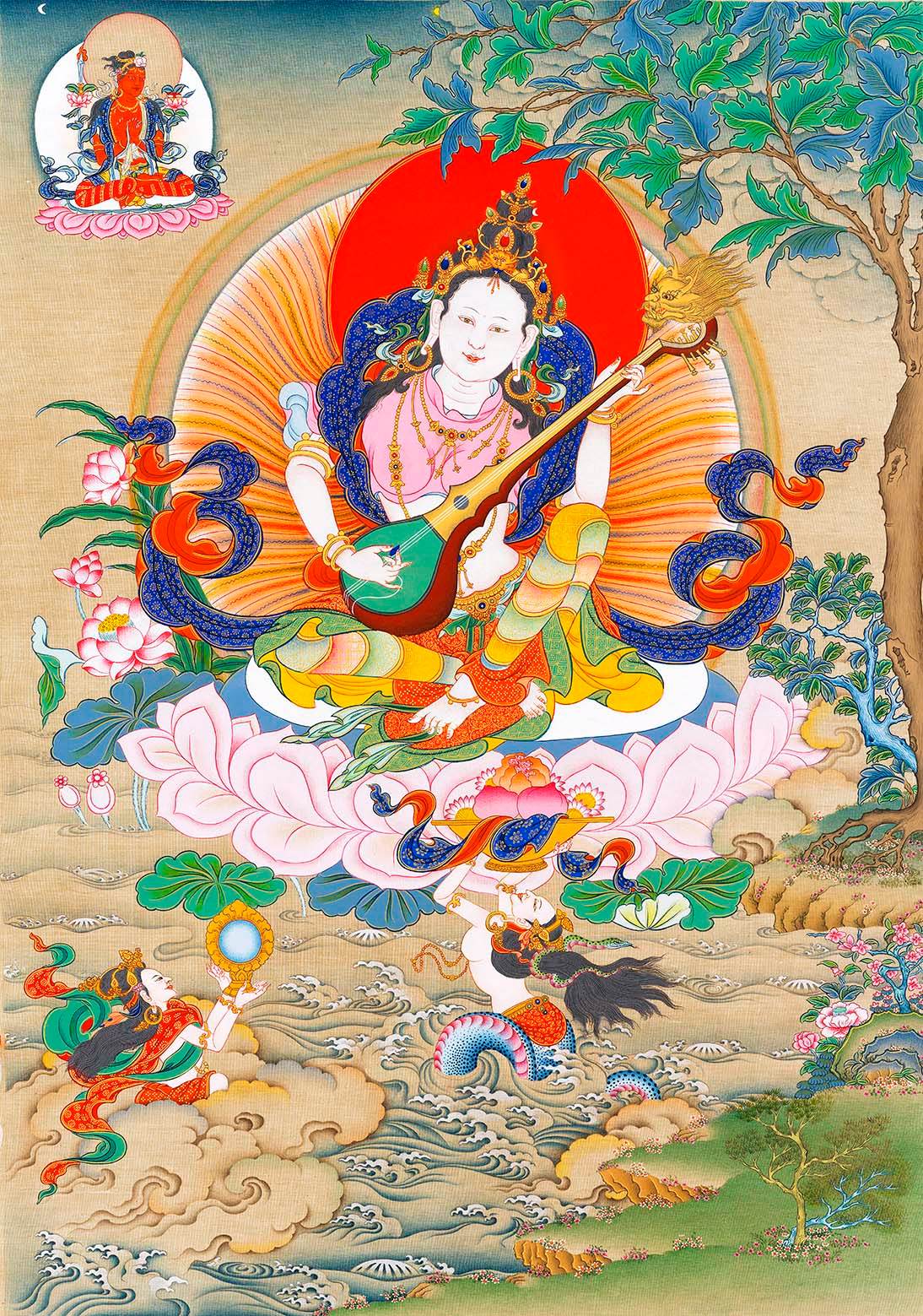

2 comments
ld9dfr
ld9dfr